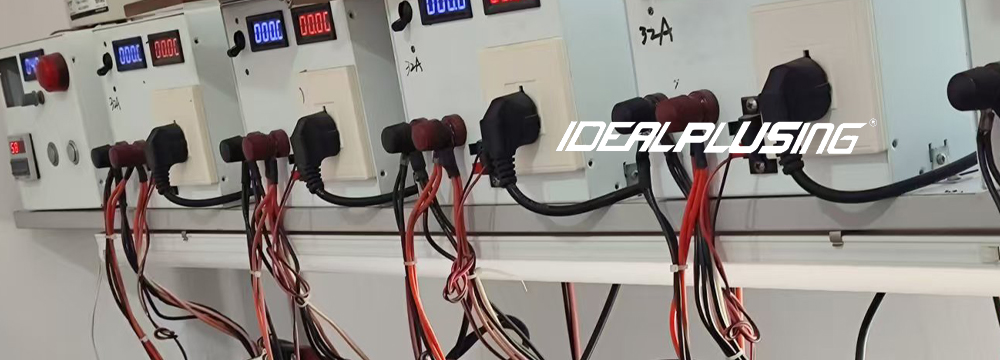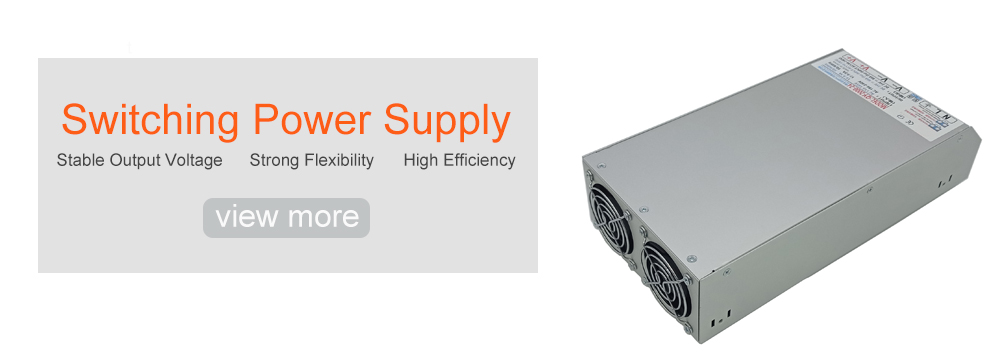It is a common problem that the neutral terminal of the dc switching power supply is charged, which may cause equipment damage or personal safety accidents.

Reasons for the neutral terminal of the dc switching power supply to be charged
Power line problem
The neutral terminal of the dc switching power supply is charged, which may be due to problems with the power line. For example, aging, damage or poor contact of the power line may cause the neutral terminal to be charged.
Power supply equipment failure
The DC switching power supply equipment itself may have a fault, such as damage or performance degradation of components such as rectifiers, filters, and voltage regulators, resulting in the neutral terminal being charged.
Poor grounding
Poor grounding of the dc switching power supply may cause the neutral terminal to be charged. Poor grounding may be caused by reasons such as broken grounding wires, poor contact or excessive grounding resistance.
Electromagnetic interference
Electromagnetic interference is another reason for the neutral terminal of the dc switching power supply to be charged. Electromagnetic interference may come from external devices or the power line itself, causing the neutral terminal voltage to fluctuate.
Unbalanced equipment load
Unbalanced equipment load may also cause the neutral terminal of the dc switching power supply to be charged. When the load is unbalanced, the current distribution is uneven, which may cause the neutral terminal voltage to increase.
Detection method of whether there is electricity at the neutral terminal of dc switching power supply
Use multimeter to detect
Use multimeter to detect the voltage at the neutral terminal of dc switching power supply. Adjust the multimeter to dc voltage, connect the red test lead to the neutral terminal, connect the black test lead to the ground, and observe the reading of the multimeter. If the reading is not zero, it means that there is electricity at the neutral terminal.
Use oscilloscope to detect
The oscilloscope can detect the voltage waveform at the neutral terminal of dc switching power supply. Connect the probe of the oscilloscope to the neutral terminal and the ground wire, and observe the waveform. If there is fluctuation or abnormality in the waveform, it means that there is electricity at the neutral terminal.
Use insulation resistance meter to detect
The insulation resistance meter can detect the insulation resistance of dc switching power supply. Connect the red test lead of the insulation resistance meter to the neutral terminal, the black test lead to the ground wire, and observe the reading of the insulation resistance meter. If the reading is lower than the normal value, it means that there may be leakage at the neutral terminal.
Treatment measures for electricity at the neutral terminal of dc switching power supply
Check the power supply line
First, check the power supply line of the dc switching power supply to see if there are problems such as aging, damage or poor contact. If problems are found, they should be replaced or repaired in time.
Check the power supply equipment
Check the equipment of the dc switching power supply, such as rectifiers, filters, voltage regulators and other components, to see if there are any damage or performance degradation problems. If any problems are found, they should be replaced or repaired in time.
Check the grounding situation
Check the grounding situation of the dc switching power supply to see if there are any problems such as broken ground wires, poor contact or excessive ground resistance. If any problems are found, the ground wire should be repaired or replaced in time.
Eliminate electromagnetic interference
To eliminate electromagnetic interference of the dc switching power supply, the following measures can be taken:
a. Increase shielding: Increase shielding around the power supply line and equipment to reduce the impact of electromagnetic interference.
b. Use filters: Add filters to the power supply line to filter out high-frequency interference.
c. Optimize wiring: Arrange the power supply line reasonably to avoid being too close to the interference source.
Balance the load
To balance the load of the dc switching power supply, the following measures can be taken:
a. Reasonably distribute the load: Reasonably distribute the load according to the power and characteristics of the equipment to avoid excessive or too small loads.
b. Use a load balancer: Use a load balancer to automatically adjust the load and keep the load balanced.
Regular maintenance
Perform regular maintenance on the dc switching power supply, check the circuit, equipment and grounding conditions, and identify and solve problems in a timely manner.






